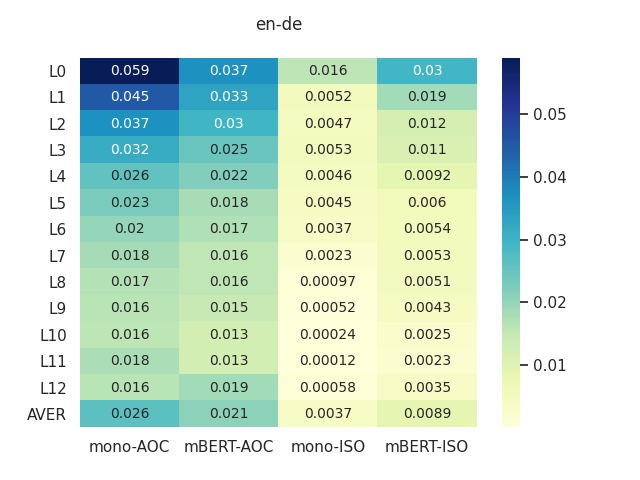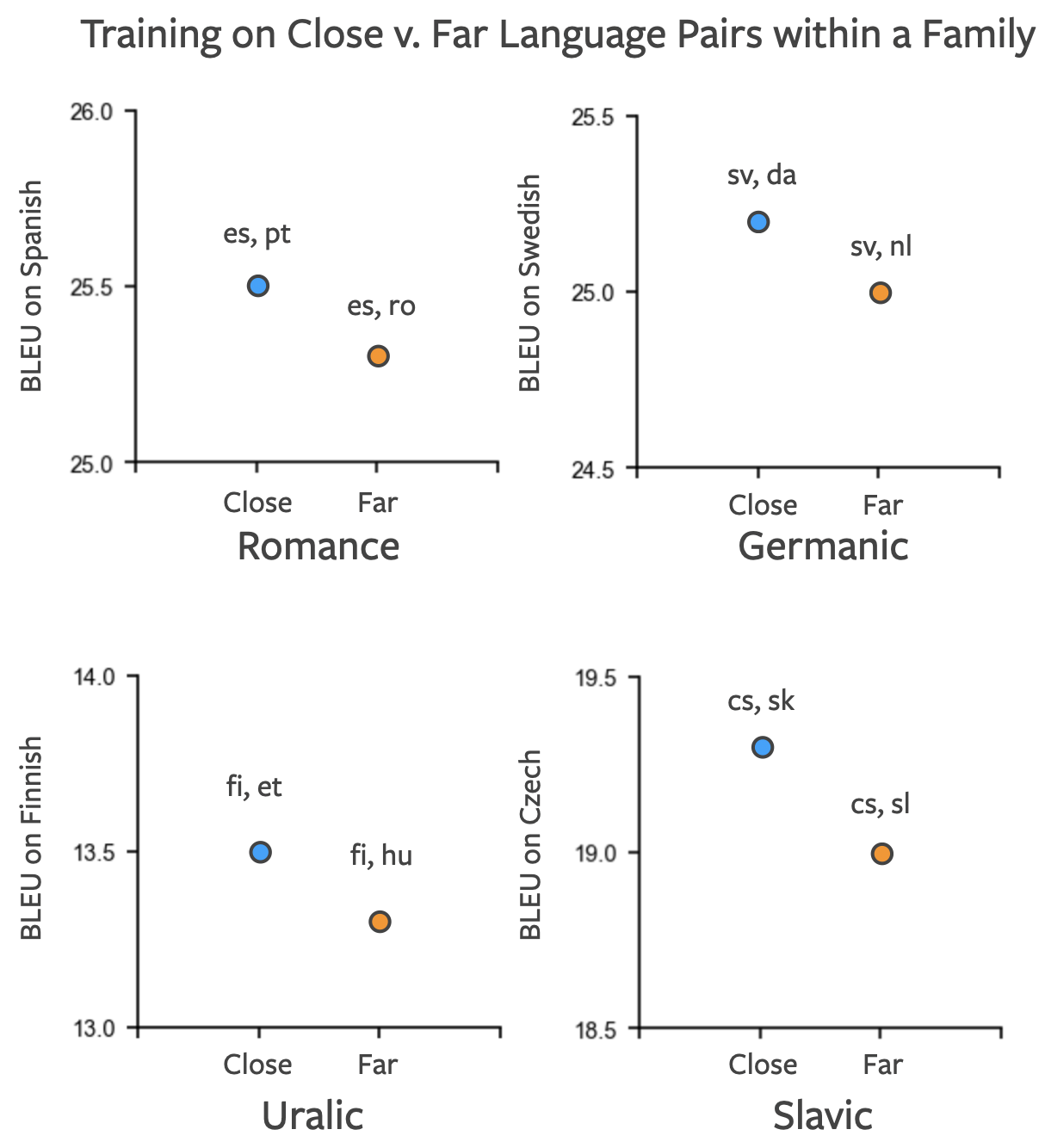IGT2P: From Interlinear Glossed Texts to Paradigms
Sarah Moeller, Ling Liu, Changbing Yang, Katharina Kann, Mans Hulden
Phonology, Morphology and Word Segmentation Long Paper

You can open the pre-recorded video in a separate window.
Abstract:
An intermediate step in the linguistic analysis of an under-documented language is to find and organize inflected forms that are attested in natural speech. From this data, linguists generate unseen inflected word forms in order to test hypotheses about the language's inflectional patterns and to complete inflectional paradigm tables. To get the data linguists spend many hours manually creating interlinear glossed texts (IGTs). We introduce a new task that speeds this process and automatically generates new morphological resources for natural language processing systems: IGT-to-paradigms (IGT2P). IGT2P generates entire morphological paradigms from IGT input. We show that existing morphological reinflection models can solve the task with 21% to 64% accuracy, depending on the language. We further find that (i) having a language expert spend only a few hours cleaning the noisy IGT data improves performance by as much as 21 percentage points, and (ii) POS tags, which are generally considered a necessary part of NLP morphological reinflection input, have no effect on the accuracy of the models considered here.
NOTE: Video may display a random order of authors.
Correct author list is at the top of this page.
Connected Papers in EMNLP2020
Similar Papers
XL-WiC: A Multilingual Benchmark for Evaluating Semantic Contextualization
Alessandro Raganato, Tommaso Pasini, Jose Camacho-Collados, Mohammad Taher Pilehvar,

Probing Pretrained Language Models for Lexical Semantics
Ivan Vulić, Edoardo Maria Ponti, Robert Litschko, Goran Glavaš, Anna Korhonen,

Compositional and Lexical Semantics in RoBERTa, BERT and DistilBERT: A Case Study on CoQA
Ieva Staliūnaitė, Ignacio Iacobacci,

